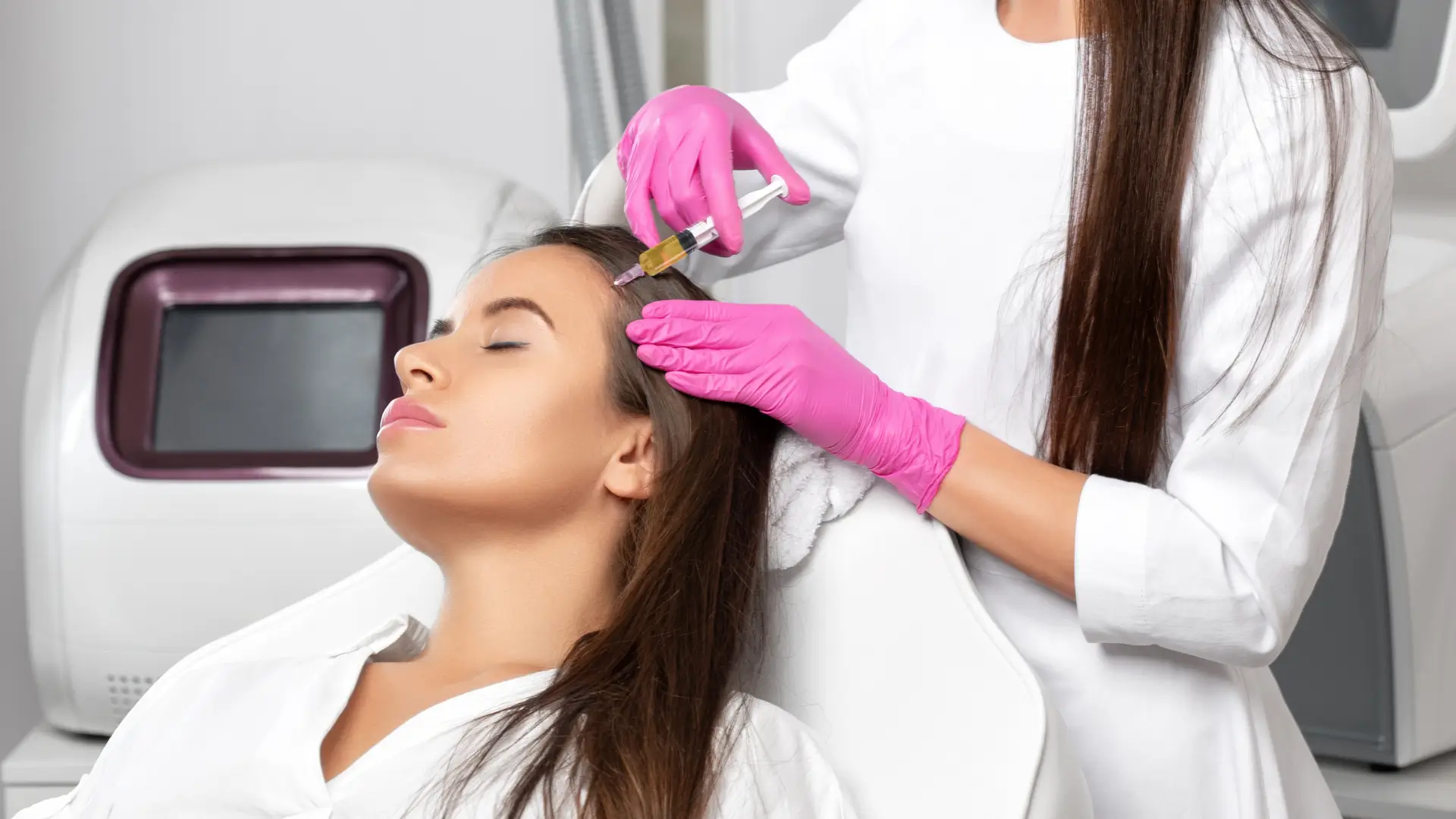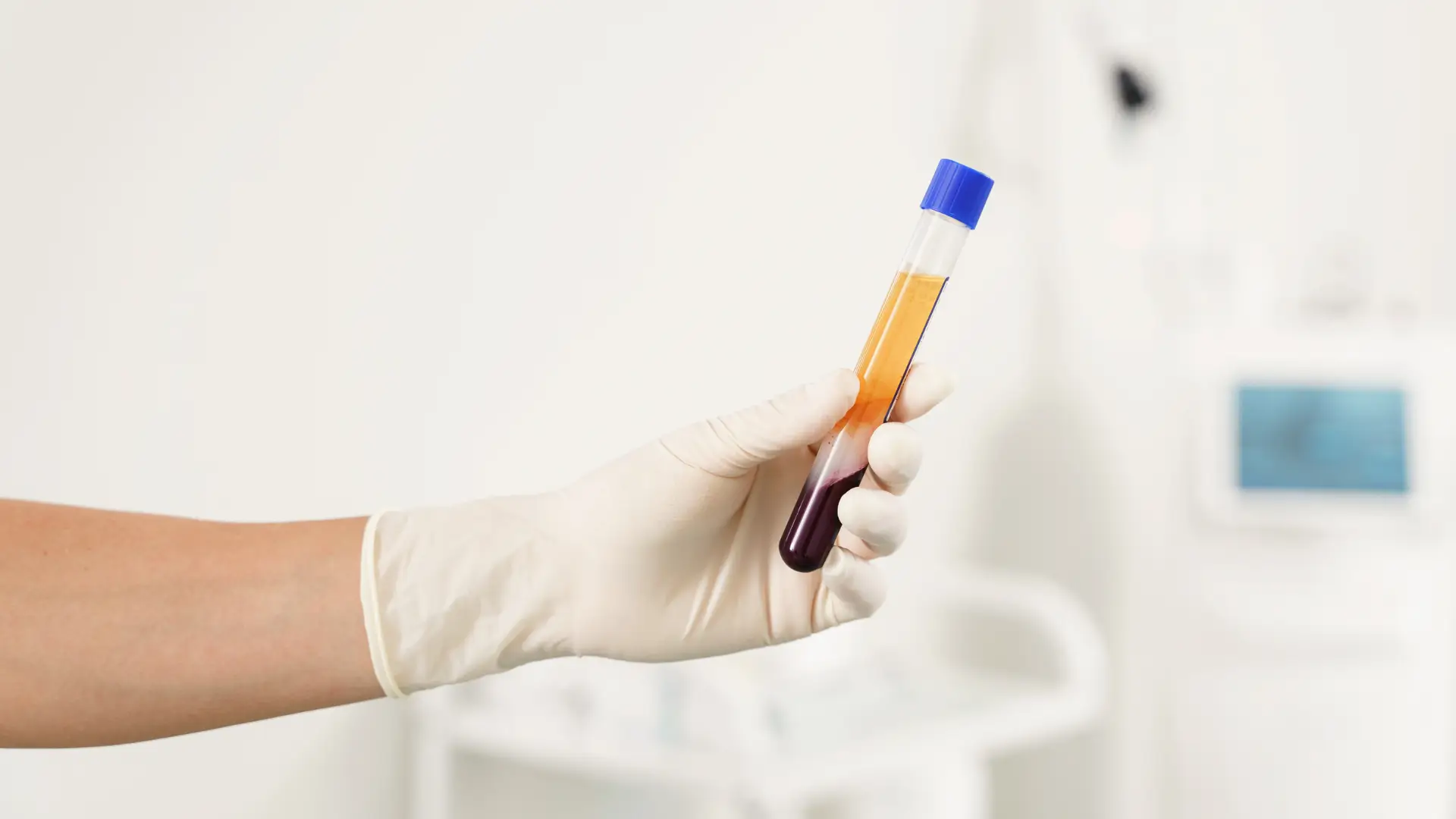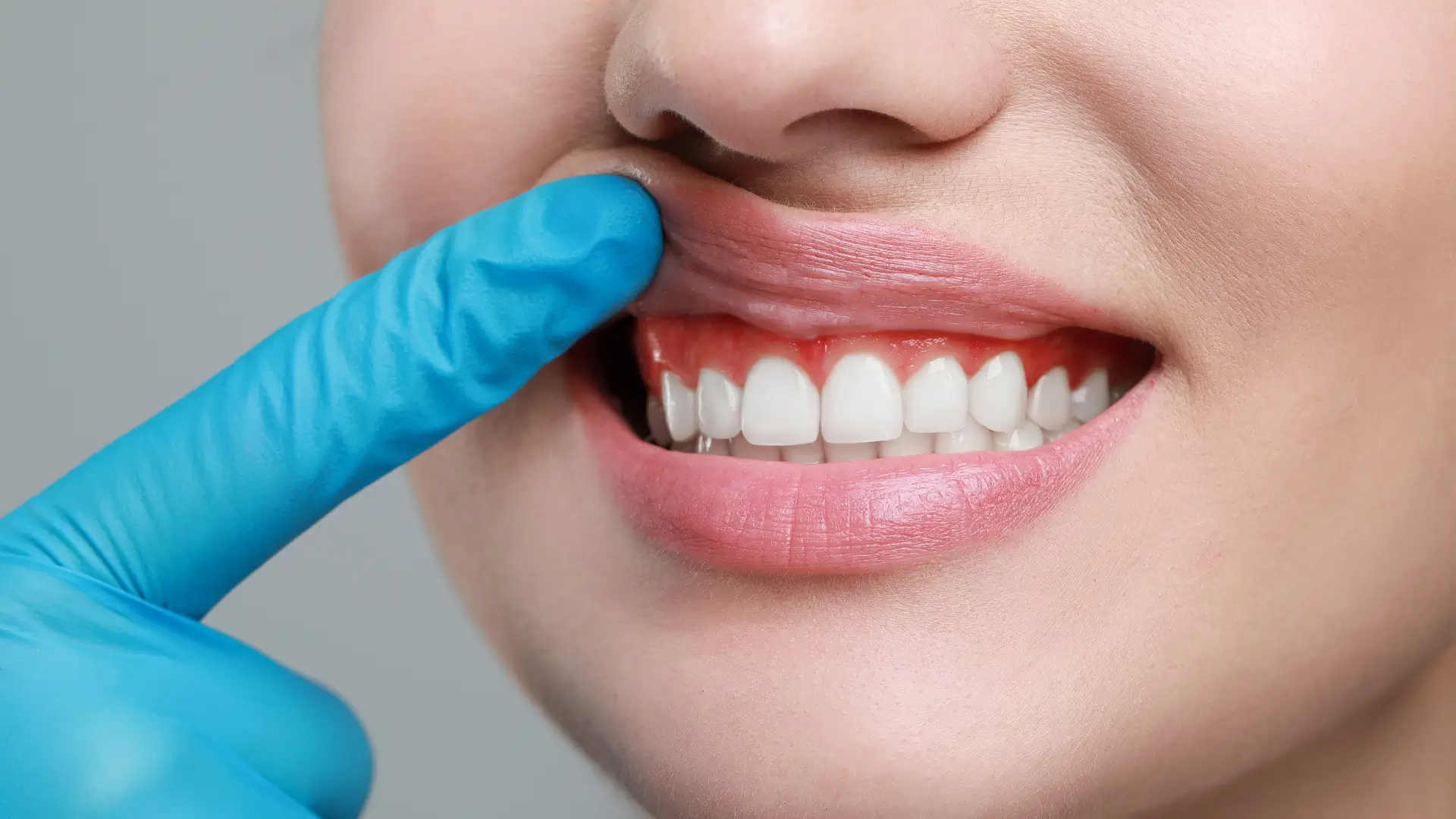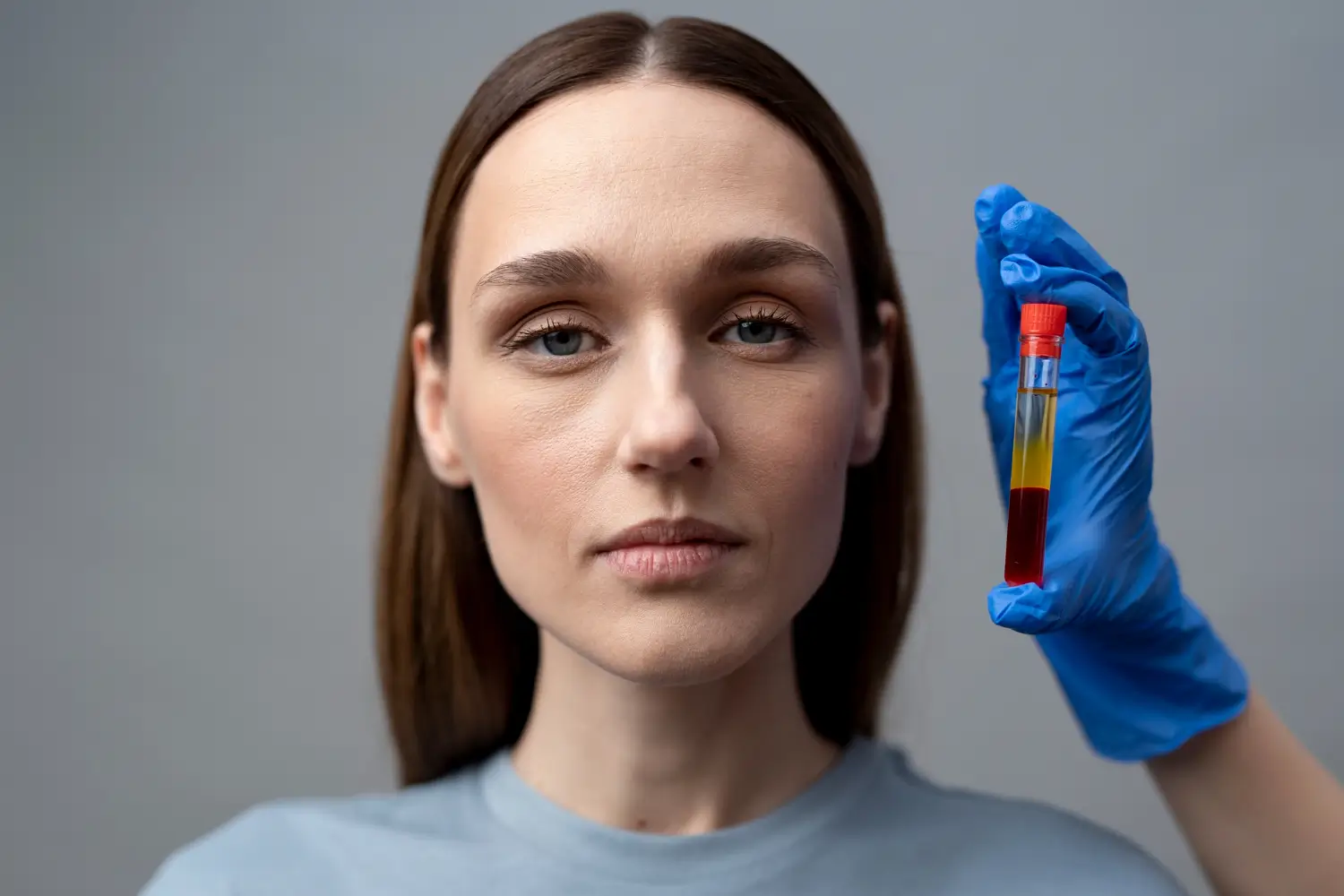A recent survey by the International Society of Hair Restoration Surgery (ISHRS) reports that more than 2 million patients sought treatment for hair loss in 2019, reflecting a 13% increase since 2016. This surge underscores the growing demand for effective hair restoration therapies.
One promising non-surgical treatment is Plasmolifting, also known as Platelet-Rich Plasma (PRP) therapy. This procedure utilizes the patient’s own blood to stimulate hair growth and improve hair density.
In this article, we will explore the advantages of Plasmolifting for hair, outline the treatment protocol, compare it to other therapies, and discuss patient selection criteria.
Key Takeaways
- PRP therapy (Plasmolifting) is a non-surgical hair regrowth or restoration treatment that harnesses the body’s natural healing process to stimulate hair growth and improve density.
- The procedure involves injecting platelet-rich plasma (PRP) into the scalp, enhancing blood circulation and activating dormant hair follicles through growth factor.
- Clinical studies support PRP’s effectiveness in treating conditions like androgenic alopecia and telogen effluvium, leading to notable improvements in hair thickness and density.
- With minimal downtime and a low risk of complications, PRP therapy is a safe, well-tolerated option for individuals seeking noninvasive hair regrowth solutions.
About: Medica Depot is your trusted all-in-one supplier, offering a range of high-quality medical injectables and supplies. Order Plasmolifting online at Medica Depot today! Whether for health professionals, plastic surgeons, dermatologists, licensed estheticians, or other specialists, we can offer genuine, brand-name products you may need. With Medica Depot, we prioritize serving you better to improve the patient’s quality of life.
Mechanism of PRP in Hair Follicle Stimulation
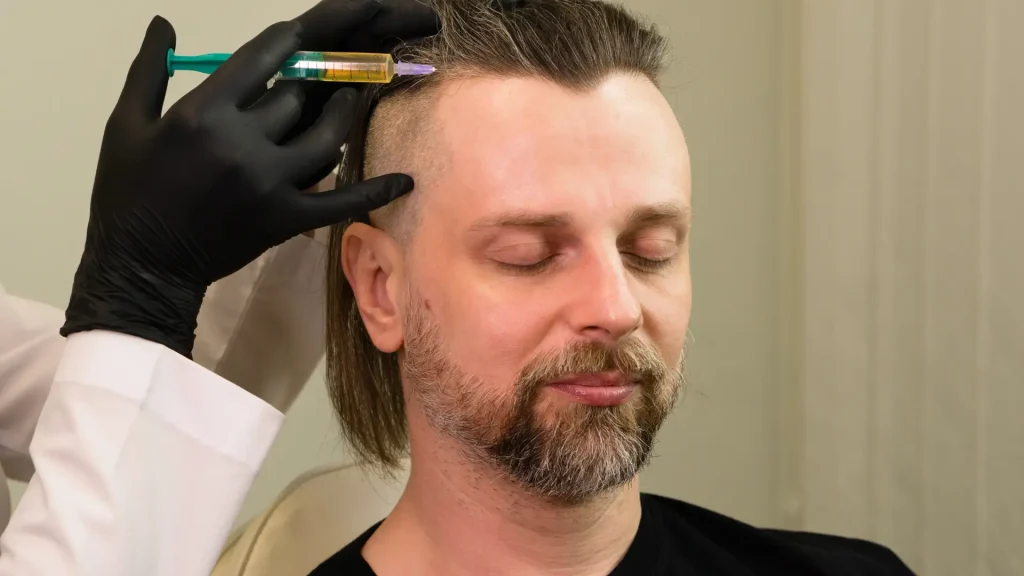
Platelet-rich plasma (PRP) therapy is a promising treatment for hair restoration, using the body’s natural healing processes to stimulate hair follicle activity and promote new hair growth. The procedure involves injecting PRP, rich in growth factors, directly into the scalp to rejuvenate weakened hair follicles.
By enhancing blood vessel formation (angiogenesis), PRP improves the delivery of oxygen and nutrients to hair follicles, strengthening their function and activating dormant follicles. This process encourages hair to transition from the resting phase (telogen) to the active growth phase (anagen), leading to thicker, healthier hair.
A systematic review of 12 clinical trials on PRP injections for hair loss found that 84% of studies reported significant improvements in hair density and thickness for both men and women, highlighting its effectiveness as a non-surgical hair regrowth solution.
Clinical Applications for Hair Loss Conditions
Androgenic alopecia (male and female pattern baldness) is marked by progressive hair thinning, while telogen effluvium leads to diffuse hair shedding. PRP treatment helps stimulate follicular regeneration and improves blood circulation to the scalp, making it a valuable treatment for both conditions.
Medical professionals often recommend PRP injections for individuals experiencing hair loss, as it activates dormant follicles and encourages their transition from the resting phase (telogen) to the active growth phase (anagen). This process enhances hair density and thickness over time.
Post-transplant Healing and Hair Density Improvement
PRP treatment also plays a crucial role in post-transplant healing. When used after a hair transplant, it accelerates tissue repair, reduces inflammation, and boosts the survival rate of transplanted follicles.
Additionally, PRP injections can be used as a complementary treatment to further enhance hair quality and density, making it a valuable addition to long-term hair regrowth plans. Individuals dealing with hair loss who received a transplant may consult their doctor to improve their hair regrowth.
Treatment Protocols and Patient Selection
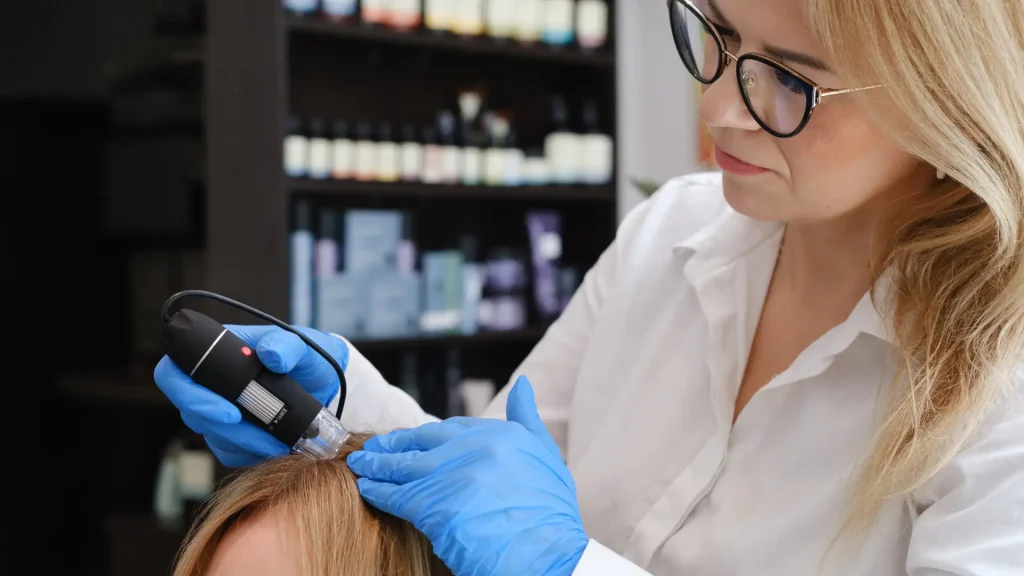
For the best results, Plasmolifting for hair follows a structured treatment plan, typically involving three to six sessions spaced four to six weeks apart. This frequency ensures gradual follicle stimulation, allowing for progressive hair regrowth and improved scalp health.
Each session lasts approximately 60 to 90 minutes, including blood extraction, PRP preparation, and precise injections. To maintain results, follow-up sessions every six to twelve months are recommended.
Before undergoing treatment, a comprehensive consultation with a medical professional helps determine ideal candidates for Plasmolifting treatments, whether for hair, skin, or even Plasmolifting for gums. This therapy is often recommended for individuals experiencing hair loss or thinning due to conditions like androgenic alopecia or telogen effluvium. The patient selection criteria typically include:
- Being in good overall health
- Having no active infections or chronic illnesses
- Experiencing mild to moderate hair loss
Comparative Analysis with Other Hair Restoration Techniques
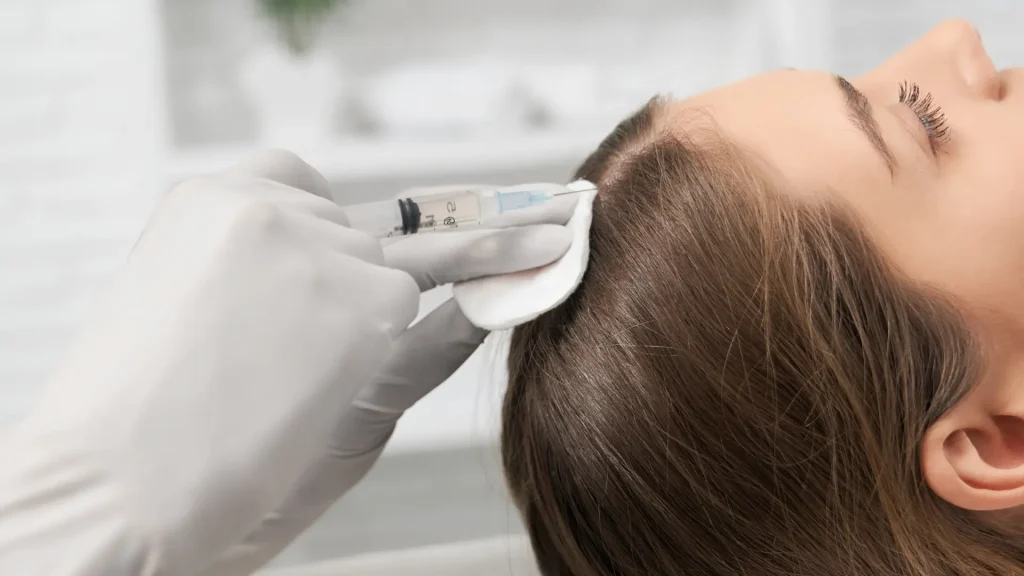
Plasmolifting hair therapy has gained popularity as a non-surgical hair restoration technique due to its effectiveness and minimal downtime. Unlike traditional hair transplants, PRP therapy offers a less invasive approach with a lower risk of complications and a quicker recovery period, allowing patients to resume normal activities soon after treatment.
PRP therapy works by injecting platelet-rich plasma into the scalp, stimulating hair follicle activity and promoting natural growth. In contrast, hair transplants involve surgically extracting hair follicles from a donor area and implanting them into balding areas. This can lead to longer recovery times and potential scarring.
Advantages of PRP Therapy
- A natural process that minimizes the risk of allergic reactions or infections.
- Proven effectiveness in the early stages of hair loss.
- Can be combined with other treatments to enhance results.
- A less invasive alternative to surgical hair restoration.
However, PRP injections have limitations. It is less effective for advanced hair loss, as its ability to stimulate new hair growth diminishes in cases of severe follicle depletion. Additionally, multiple sessions over several months are required, making it a time-consuming and costly option for some patients.
Conclusion
PRP therapy, or Plasmolifting, has emerged as a highly effective solution for hair restoration. This treatment offers promising results for various types of hair loss. It stimulates hair follicle activity to increase density and thickness, making it a sought-after treatment for individuals experiencing hair thinning. With strong clinical backing, PRP continues to be a trusted option in non-surgical hair restoration.
Ongoing research in trichology is further refining PRP techniques and combination therapies, paving the way for even more effective, customized solutions. As advancements continue, patients can look forward to enhanced hair restoration approaches that improve both hair health and overall aesthetics.
FAQs
1. What is PRP therapy and how does it work for hair restoration?
PRP therapy, or Plasmolifting, involves extracting a small amount of the patient’s blood. The blood is then processed to concentrate the platelet-rich plasma, which is injected into the scalp. This plasma contains growth factors that stimulate hair follicles, promoting hair growth and increasing density.
2. Who is a good candidate for PRP therapy for hair loss?
Ideal candidates are individuals with mild to moderate hair loss due to conditions like androgenic alopecia or telogen effluvium. Additionally, those in good overall health without active infections or chronic illnesses will also benefit the most from this treatment.
3. How many sessions are required for effective results with PRP therapy?
Most treatment protocols suggest an initial series of three to six sessions spaced four to six weeks apart. This schedule ensures PRP injections effectively stimulates hair growth. Then, patients can get maintenance sessions every six to twelve months.
References
- International Society of Hair Restoration Surgery: 2022 Practice Census Results. (2022). International Society of Hair Restoration Surgery. https://ishrs.org/wp-content/uploads/2022/04/Report-2022-ISHRS-Practice-Census_04-19-22-FINAL.pdf
- Dakkak, M., Forde, K. M., & Lanney, H. (2024). Hair Loss: Diagnosis and Treatment. American Family Physician, 110(3), 243–250. https://www.aafp.org/pubs/afp/issues/2024/0900/hair-loss.html
